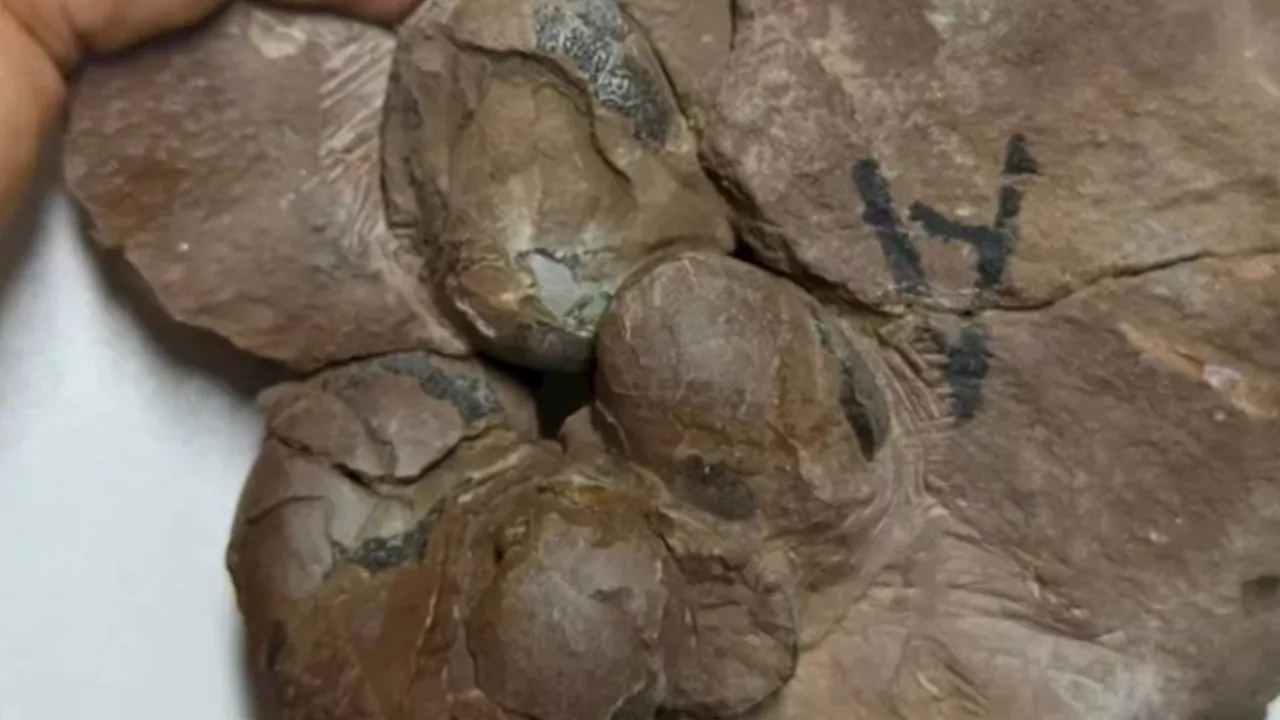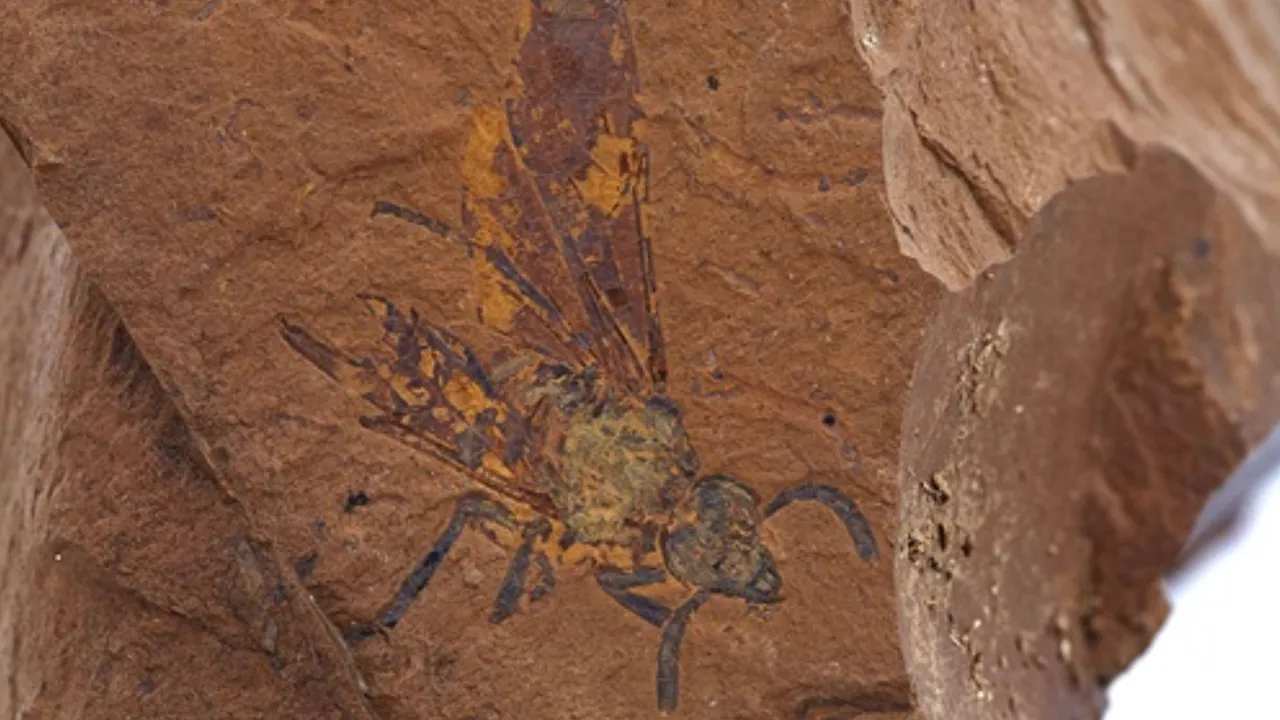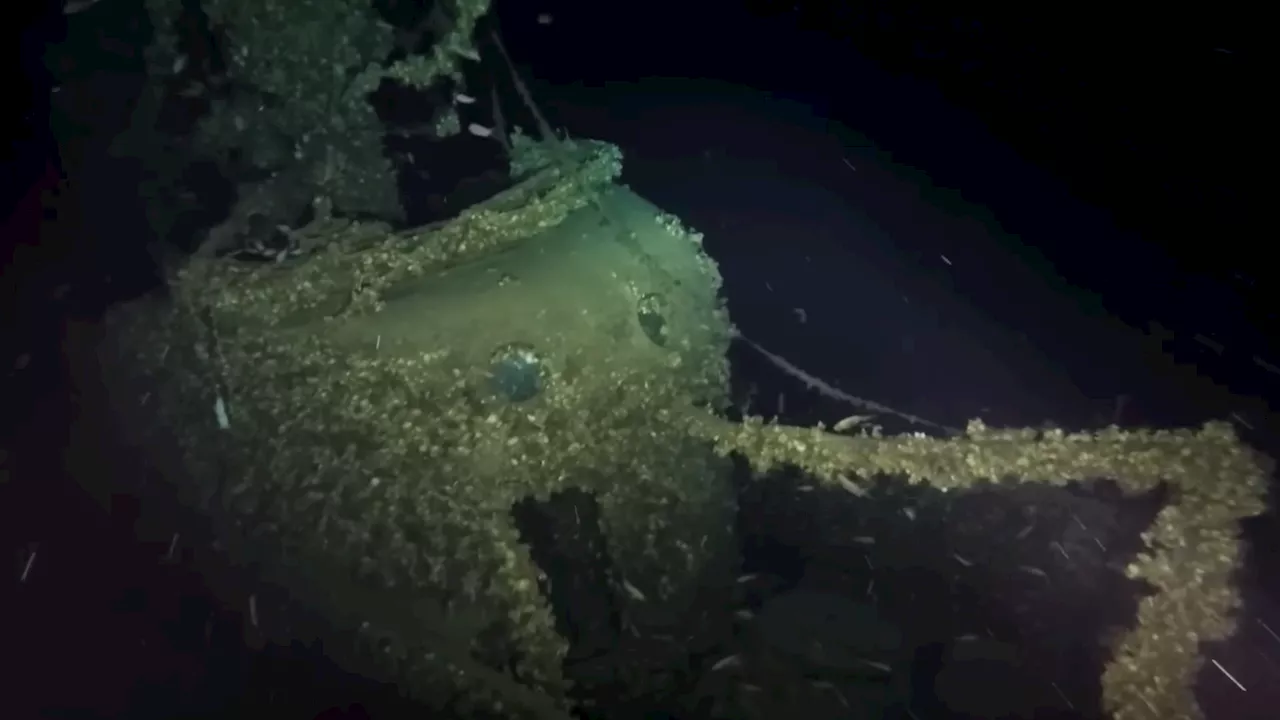Discovered at CERN’s Large Hadron Collider (LHC) in 2012, the elusive Higgs boson particle has been at the centre stage for exploring new possibilities in particle physics. Scientists are trying to combine more precise measurements of the properties of Higgs boson with further searches for ‘new physics’.
Physicists from the ATLAS experiment focused on events leading to the creation of two Higgs bosons, which would then decay into multiple particles of the lepton family.Secondary particle tracks recorded during a proton collision inside the ATLAS detector, indicating the presence of a single Higgs boson in the event.
There are, however, theoretical models describing phenomena beyond the Standard Model, predicting the production of Higgs boson pairs with a higher probability, according to scientists.have combined both goals: with the latest analysis it has been possible to expand the knowledge of the interactions of Higgs bosons with each other, and stronger constraints on the phenomena of ‘new physics’ have been found.
They also claimed that every particle is a wave in a field. The most familiar example of this is light: light is simultaneously a wave in the electromagnetic field and a stream of particles called photons. Operating solely within the framework of the Standard Model, the physicists in the ATLAS experiment therefore simulated the signals that should appear in the detectors in the event of two Higgs boson phenomena, and then normalised the results according to the expected amount of data coming from their detector, according to the press release.
United States Latest News, United States Headlines
Similar News:You can also read news stories similar to this one that we have collected from other news sources.
 CERN’s strong evidence points to ‘heaviest doubly magic nucleus’ of tin-100CERN researchers have presented strong evidence for the 'doubly magic' nature of Tin-100, a rare isotope with exceptional stability.
CERN’s strong evidence points to ‘heaviest doubly magic nucleus’ of tin-100CERN researchers have presented strong evidence for the 'doubly magic' nature of Tin-100, a rare isotope with exceptional stability.
Read more »
 80 million-year-old world’s smallest and well-intact dinosaur egg fossil discoveredScientists in China have discovered the world's smallest dinosaur egg, belonging to a new species of theropod.
80 million-year-old world’s smallest and well-intact dinosaur egg fossil discoveredScientists in China have discovered the world's smallest dinosaur egg, belonging to a new species of theropod.
Read more »
 First-ever evidence of 16-million-year-old extinct sawfly species discoveredResearchers identified pollen grains on the sawfly’s head, revealing it visited a Quintinia plant 11-16 million years ago.
First-ever evidence of 16-million-year-old extinct sawfly species discoveredResearchers identified pollen grains on the sawfly’s head, revealing it visited a Quintinia plant 11-16 million years ago.
Read more »
 Lost City Discovered in Amazon RainforestThe Amazônia Revelada project aims to identify sites in the Amazon by combining state-of-the-art technology with the traditional knowledge of forest peoples.
Lost City Discovered in Amazon RainforestThe Amazônia Revelada project aims to identify sites in the Amazon by combining state-of-the-art technology with the traditional knowledge of forest peoples.
Read more »
 What Autopsy Found in 'Nightmare' Death of 71-Year-Old Grandfather Discovered in Nursing Home ClosetNo foul play is suspected in connection to the death of a 71-year-old Florida grandfather who was found dead in a closet at a nursing home, according to an autopsy.
What Autopsy Found in 'Nightmare' Death of 71-Year-Old Grandfather Discovered in Nursing Home ClosetNo foul play is suspected in connection to the death of a 71-year-old Florida grandfather who was found dead in a closet at a nursing home, according to an autopsy.
Read more »
 WWII submarine discovered 81 years after vanishing on a secret missionAndrew Paul is Popular Science's staff writer covering tech news. Previously, he was a regular contributor to The A.V. Club and Input, and has had recent work featured by Rolling Stone, Fangoria, GQ, Slate, NBC, as well as McSweeney's Internet Tendency. He lives outside Indianapolis.
WWII submarine discovered 81 years after vanishing on a secret missionAndrew Paul is Popular Science's staff writer covering tech news. Previously, he was a regular contributor to The A.V. Club and Input, and has had recent work featured by Rolling Stone, Fangoria, GQ, Slate, NBC, as well as McSweeney's Internet Tendency. He lives outside Indianapolis.
Read more »
